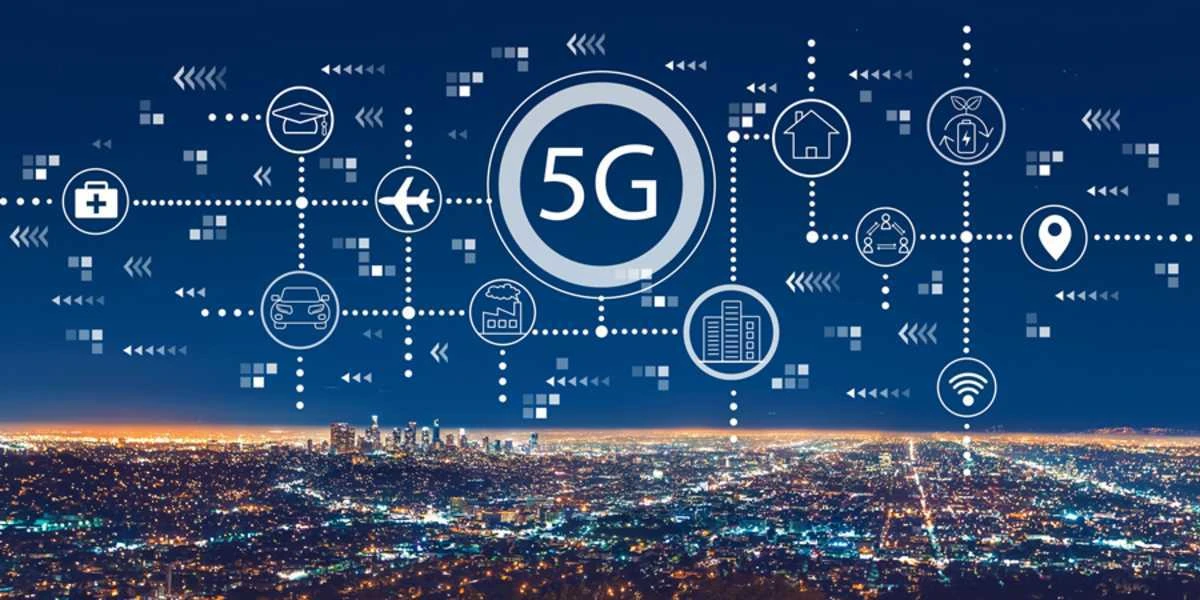CTIA has launched its 5G Security Test Bed (STB), a security testing and validation initiative dedicated to commercial 5G networks.
CTIA created the STB in partnership with organizations across wireless, tech, and academia to test 5G security recommendations across real-world conditions using commercial-grade equipment and facilities.
The 5G Security Test Bed’s founding members—AT&T, Ericsson, T-Mobile, UScellular, MITRE, and the University of Maryland (UMD)—contribute invaluable industry expertise that strengthens the STB’s ability to enhance the wireless security ecosystem and ensure strong protections on 5G networks.
The STB was created to build on this foundation, testing use cases, making recommendations, and further bolstering 5G’s security to benefit consumers, enterprises, and government.
Governed by industry leaders, guided by government priorities, and managed by CTIA, the test bed is the latest in a series of steps the industry has taken to make 5G the most secure network ever.
Its founding members developed the initiative through their participation in CTIA’s Cybersecurity Working Group, which convenes the world’s leading telecom and tech companies to assess and address the present and future of cybersecurity.
The STB primarily focuses on verifying the Federal Communications Commission’s (FCC) Communications Security Reliability and Interoperability Council (CSRIC) VII recommendations for 5G networks.
The STB will also serve as a valuable industry resource for CSRIC VIII, focused on 5G security, which launched in June, and includes CTIA SVP and CTO Tom Sawanobori among its members.
“This initiative will complement and bolster the FCC’s 5G security efforts, validate its recommendations, and demonstrate 5G security features, with cross-industry groups working collaboratively to test use cases and products on an actual 5G network using real-world hardware and software,” said Sawanobori.
The test bed’s first configuration, built with Ericsson equipment, mirrors the initial setup for most 5G networks—a 5G radio access network is connected to a 4G core to create a 5G non-standalone (NSA) network.
In 2022, the STB’s configuration will shift to a 5G standalone (SA) network using a 5G core, which will enable testing of 5G SA use cases.
The STB is located at a secure lab facility at the University of Maryland, leveraging personnel with extensive experience in wireless security. The wireless core network is hosted in Northern Virginia by MITRE, a not-for-profit research and development company.
“We are excited to have a network dedicated to testing security, which is paramount for the success of 5G. This effort builds on the work underway in standards setting bodies, such as 3GPP, and will enable the industry to demonstrate 5G security in a real-word setting for consumers, enterprise businesses and government.” — Chris Boyer, VP, Global Security and Technology Policy, AT&T
The 5G Security Test Bed’s evaluations and recommendations cover issue areas that will help transform cities, government, and industries. Applications include autonomous vehicles, immersive augmented reality and virtual reality, automated factory operations, private 5G networks for enterprises, and much more.
“Ericsson has worked closely with operators to provide the latest equipment to expand secure 5G networks and devices across the nation. We are pleased to play a major role in this next critical step in ensuring robust 5G security for all users. Critical Infrastructure, in particular, must have secure and resilient communication end to end, while maintaining the trust and integrity of its supply chain.
Ericsson is proud to be such a trusted supplier, as we provide much of that next-gen equipment from our 5G Smart Factory in Lewisville, TX and services from across the U.S.” —Jason Boswell, VP and Head of End-to-End Security, Ericsson North America



